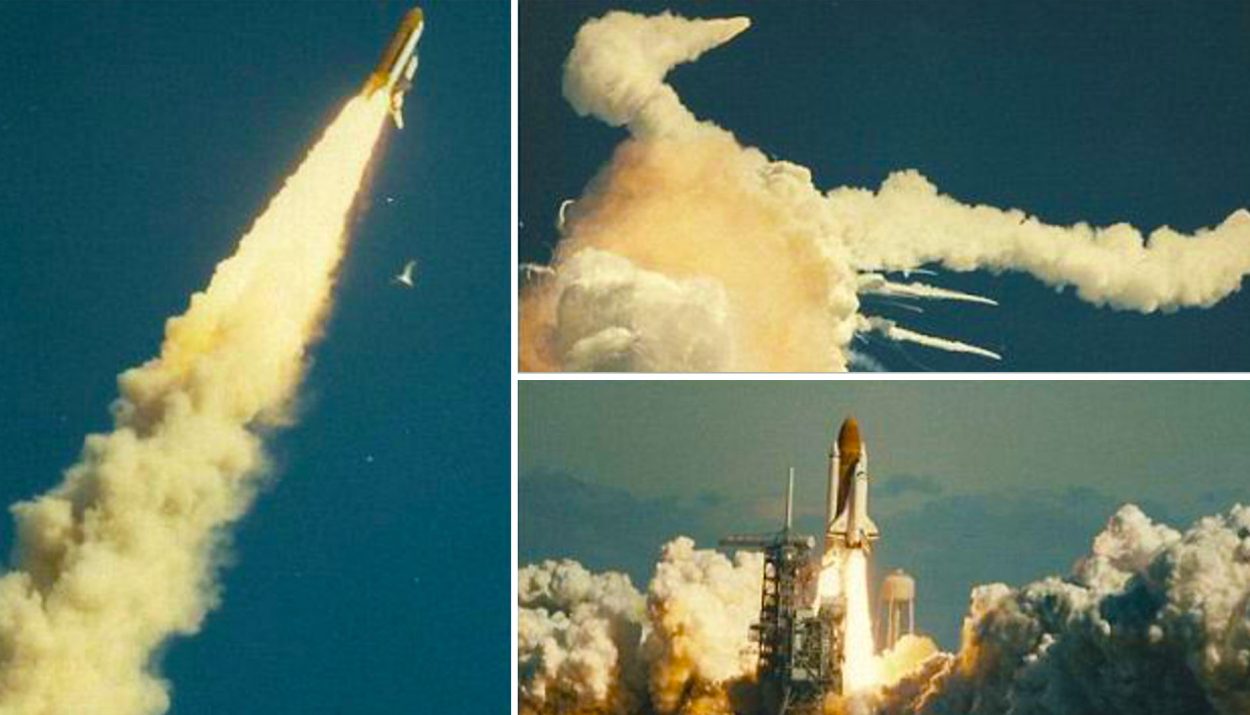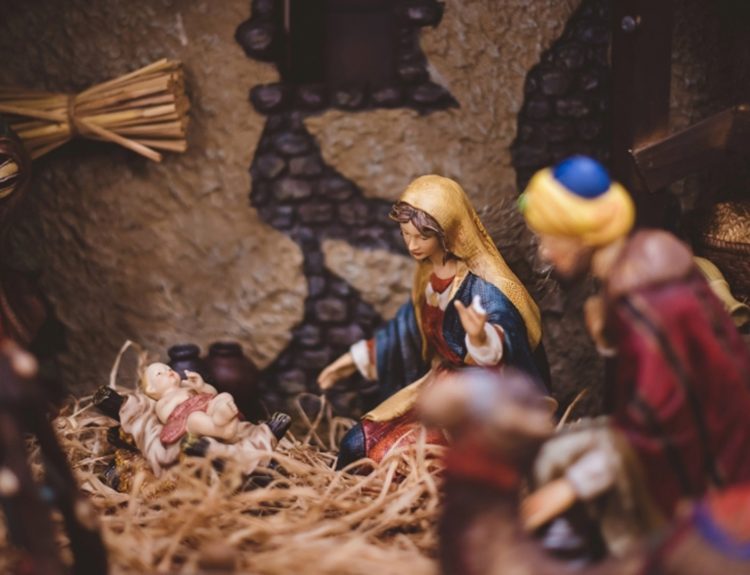People around the country tuned in to watch the launch of Space Shuttle Challenger on January 28, 1986, in part because the much-hyped Teacher in Space, civilian Christa McAuliffe, was on board. But just 73 seconds after liftoff, the Space Shuttle exploded and broke apart, killing all those on board and shocking the entire nation.
News cameras captured the Space Shuttle Challenger disaster and images of the tragedy were widely circulated. We now have a view of the explosion from a whole new perspective after a man discovered 25 unpublished photos of the Challenger disaster in an attic years after the 1986 incident.
An Unexpected Find
After the death of his grandmother, Michael Hindes and other family members searched his grandparents’ home for photos to display at her memorial service. In the attic, he came across a stack of photographs in a plastic sandwich bag.
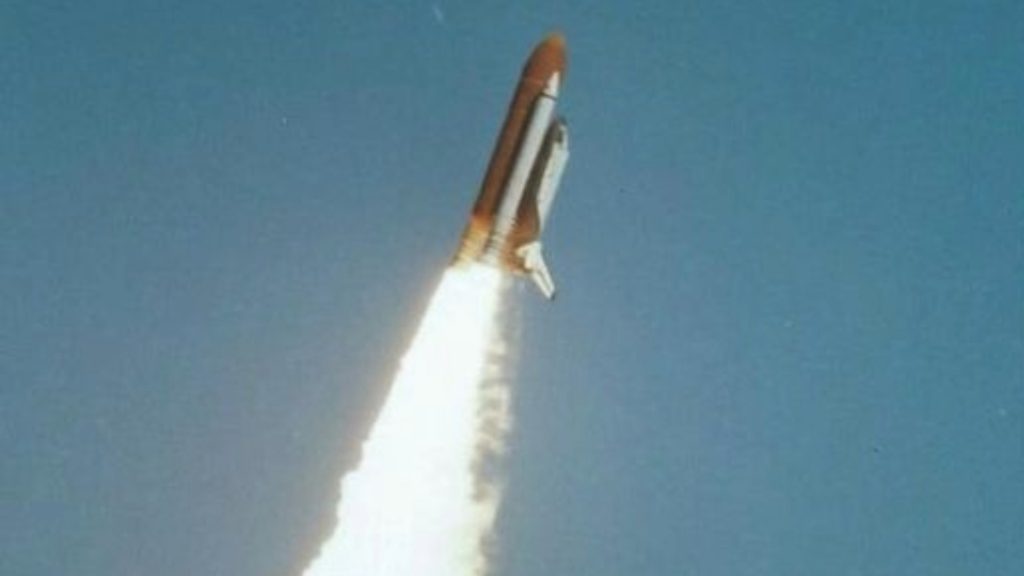
The photos – 26 in all – showed the launch and explosion of the Space Shuttle Challenger. Hindes recalled, “I was excited to find the pictures and as I progressed through the series, I saw the iconic cloud picture. My heart sank and my jaw dropped to the floor.”
“My Grandfather Worked for NASA“
Growing up, Hindes’s grandfather, Bill Rendle, often shared photos and memorabilia from his days as an electrical contractor at NASA. Hindes explained, “I figured it was a series of pictures my grandfather had taken. He worked at NASA for quite a few years and had seen just about every shuttle launch.”
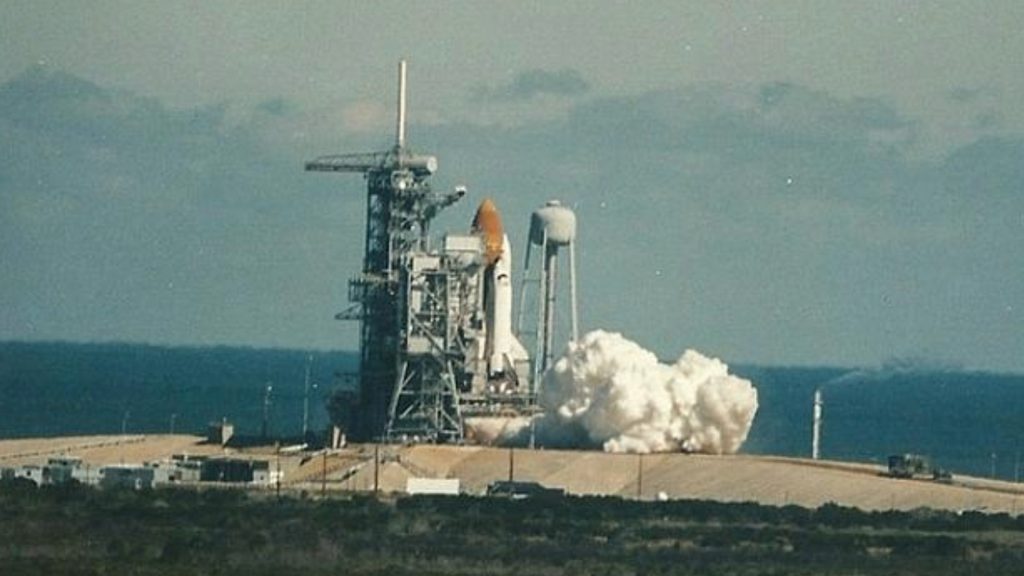
Hindes’ grandfather, aged 93, no longer lived at the house. Hindes went to visit him and ask about the Challenger photos he found. “He was kind of in shock because he hadn’t seen the pictures in years,” Hindes said. “He confirmed what the images were.”
An Unknown Photographer
Bill Rendle, Hindes’s grandfather, explained that he had not taken the photos himself. He believed it was a friend of his brother – another NASA employee – who snapped the pics. Sadly, Rendle’s memory was not what it used to be. He couldn’t remember the name of the photographer.

“They lost touch over the years, and he just doesn’t remember his name,” Hindes said. According to Hindes, the friend gave his grandfather the stack of photos as a gift. “No one has come forward to claim them,” he added.
A Unique Vantage Point
The photographs Hindes found showed the Space Shuttle Challenger disaster from a unique vantage point. While most of the footage and still photos of the tragedy were taken from the area near the launch pad that had been reserved for the media.
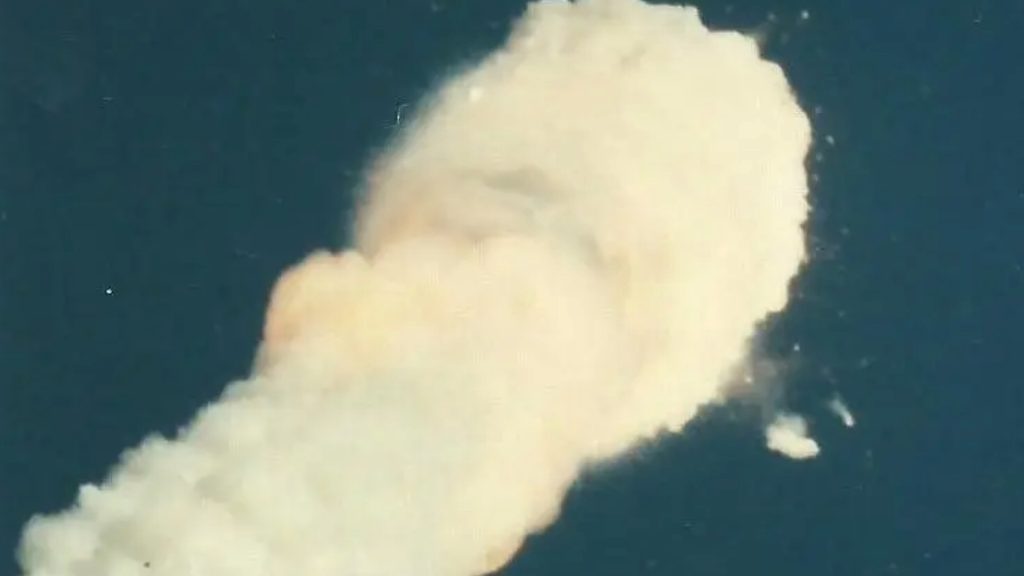
Hindes explained that his grandfather’s position as an electrical engineering contractor took him closer to the launch pad than most people were allowed to go. The photos offered a different perspective on the explosion that hadn’t been seen by the public before.
The Teacher in Space Program
There was more attention focused on the January 28, 1986, launch of the Space Shuttle Challenger because it carried a very special passenger … the first Teacher in Space. In 1984, President Ronald Reagan announced the Teacher in Space Program. Designed to spark more interest in STEM careers in students, the program would allow a civilian schoolteacher to join the shuttle crew on a mission.
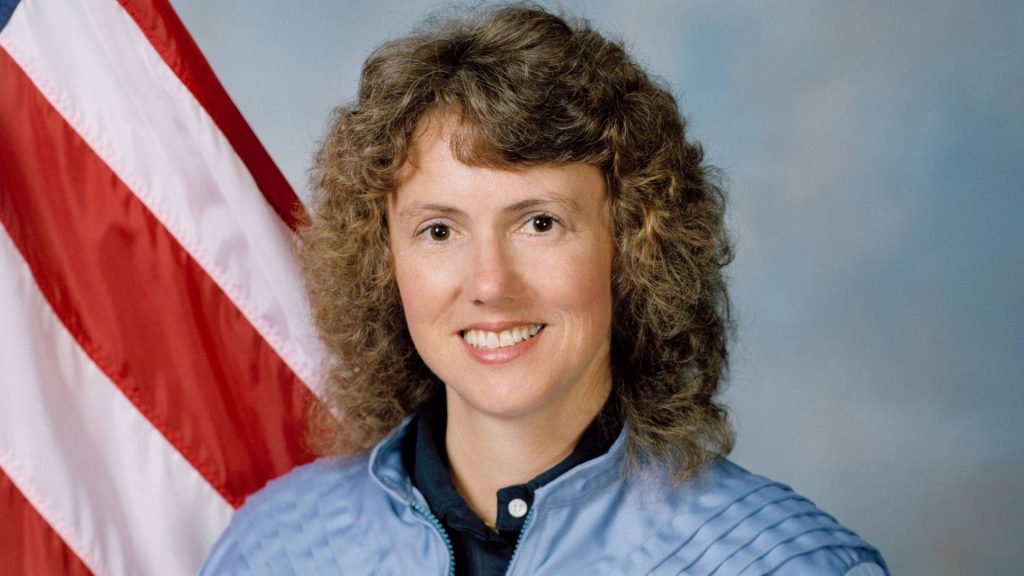
After an extensive application, interviewing, and training process, New Hampshire teacher Christa McAuliffe was selected to be NASA’s first Teacher in Space. She underwent thorough training and was eager to join the six-person crew. The Teacher in Space Program attracted a swarm of media attention.
Christa McAuliffe
Christa McAuliffe was a social studies teacher at Concord High School in New Hampshire. When the Teacher in Space Program was announced, McAuliffe submitted her application. NASA received more than 11,000 applications from schoolteachers around the country.
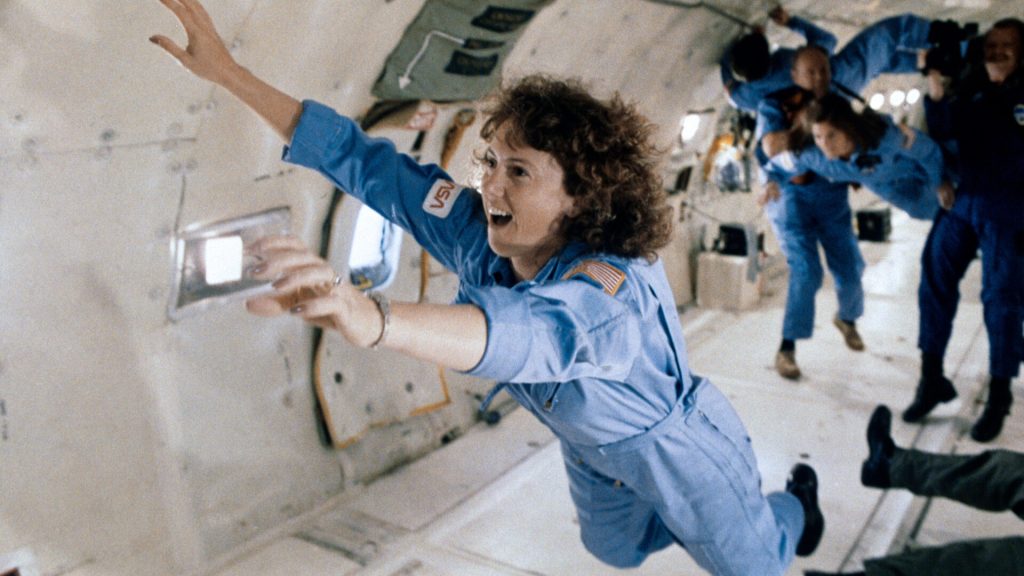
In 1985, McAuliffe’s name was announced as the person who would be the first teacher – indeed, the first American civilian – to go into space. The announcement created a media frenzy. McAuliffe gave interviews in which she spoke about her passion for teaching and her plans to share her experience with her students.
The Space Shuttle Program
NASA proposed using reusable spacecrafts, that were more like airplanes than rockets, that could be flown into orbit and returned to earth over and over. The shuttles were designed to use solid rocket boosters and external fuel tanks to enter low-Earth orbit. They were created to carry satellites into orbit and deliver parts to the International Space Station.
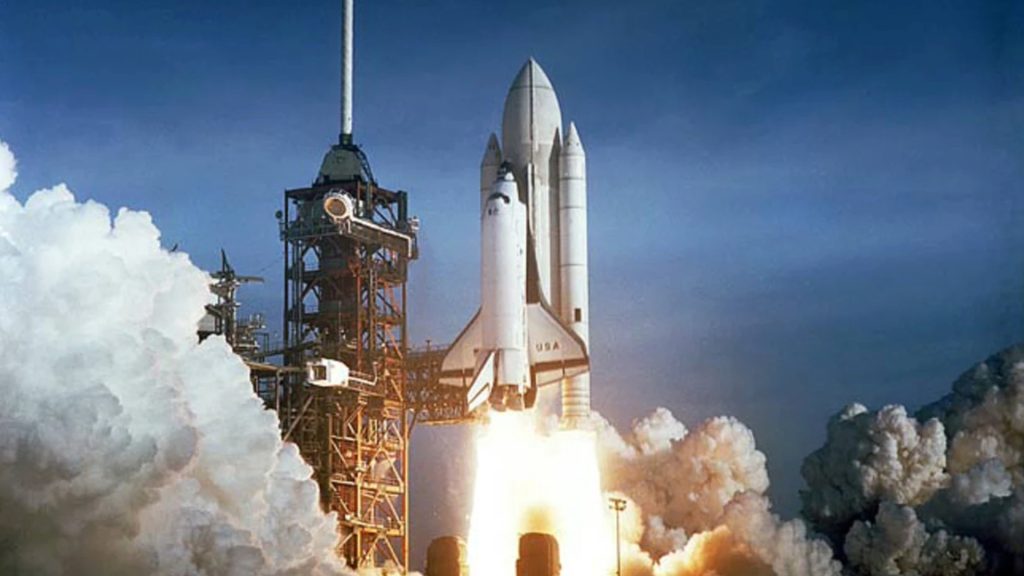
The Space Shuttle Program began in 1981 and continued for the next three decades before the program was decommissioned in 2011. During its time, the program accrued some notable achievements and space exploration “firsts.” There were two devastating setbacks, however. Once was the 1986 Challenger disaster, and the other was the 2003 Columbia disaster.
The Space Shuttle Challenger
From 1983 to 1985, the Space Shuttle Challenger had notched nine uneventful missions to its credit. In fact, the Challenger had taken more space flights than any of the other space shuttles in NASA’s fleet.

The Space Shuttle Challenger played an important role in the history of space exploration. On June 18, 1983, astronaut Sally Ride climbed aboard the Space Shuttle Challenger to become the first female American astronaut to journey into space.
The Challenger Had a Full Schedule for the Year
NASA had big plans for the Space Shuttle Challenger for 1986. The January 28 launch was just the first of a planned 16 space flights on the books for the year. The Challenger was on tap to deliver the Hubble Space Telescope into orbit, as well as taking the Ulysses and Galileo space probes into space.
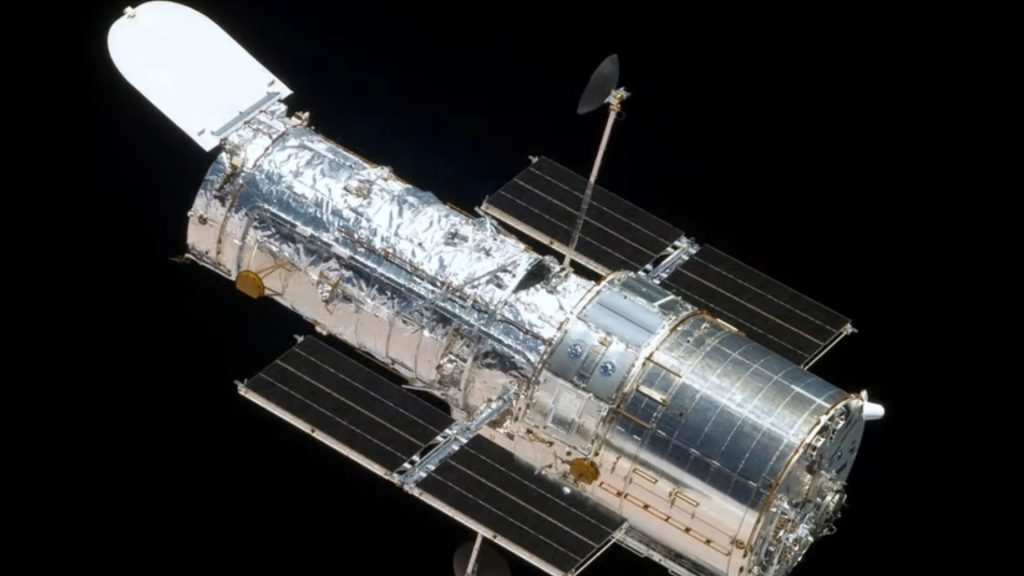
After the loss of the Challenger, NASA temporarily paused the Space Shuttle Program and shelved the plans to launch these satellites. Galileo didn’t make it into orbit until 1989 thanks to the Space Shuttle Atlantis. The Hubble Space Telescope went into orbit in 1990.
Problems and Delays
The launch of the Space Shuttle Challenger seemed cursed from the start. The launch was delayed a few times and NASA faced pressure to get the Challenger in space, in part because the White House wants to tout its Teacher in Space Program.
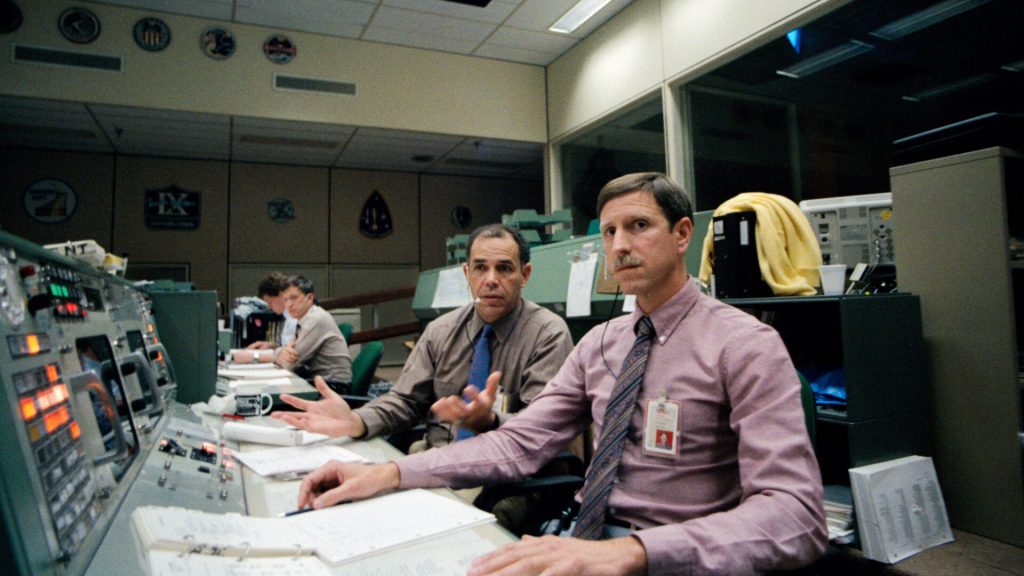
The date of January 28 was set for the launch, but the day before, Florida experienced unprecedented cold weather. Ice coated the launch pad. On the day of the launch, mission control pushed back the launch time until 11:30 a.m. to give the shuttle time to warm up in the sun.
The Fateful Launch
The Space Shuttle Challenger lifted off the launch pad at Cape Canaveral at 11:38 a.m. on January 28, 1986. Things looked routine. The news reporters that came to cover the Teach in Space event aimed their cameras toward the shuttle.
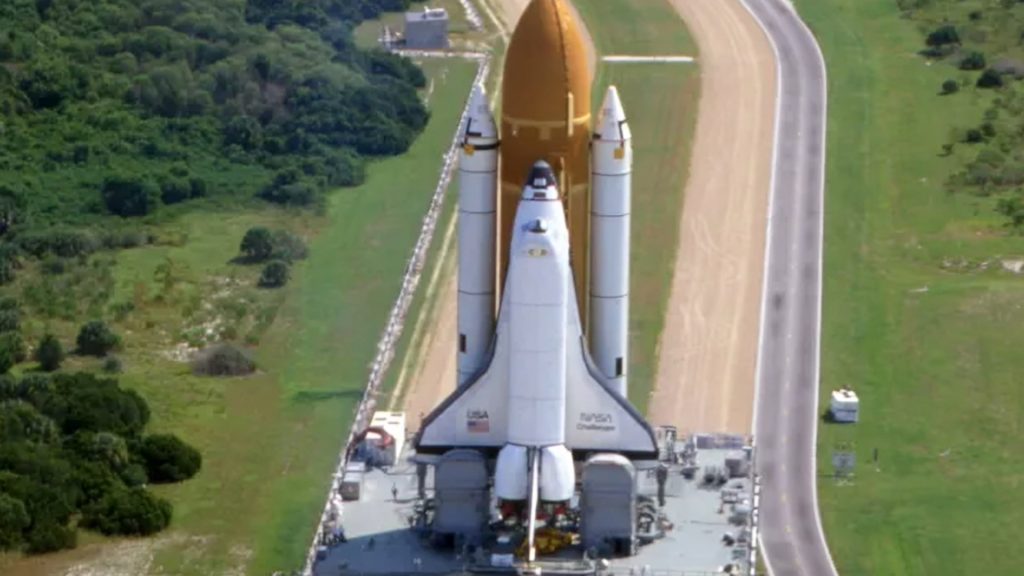
Mission control radioed the Challenger’s commander, Dick Scobee, saying, “Challenger, go with throttle up.” A few seconds later – just 73 seconds into the flight – the Challenger exploded in a cloud of white smoke. Pieces of wreckage plunged into the Atlantic Ocean.
The Challenger’s Crew Was Not Immediately Killed
The explosion likely killed some of the crew of the Space Shuttle Challenger immediately, but there was some indication that a few of them survived at least for a few moments. The ensuing media coverage of the Challenger disaster seemed to focus more on Christa McAuliffe, the Teacher in Space, however there were six other members of the crew who lost their lives in the incident.
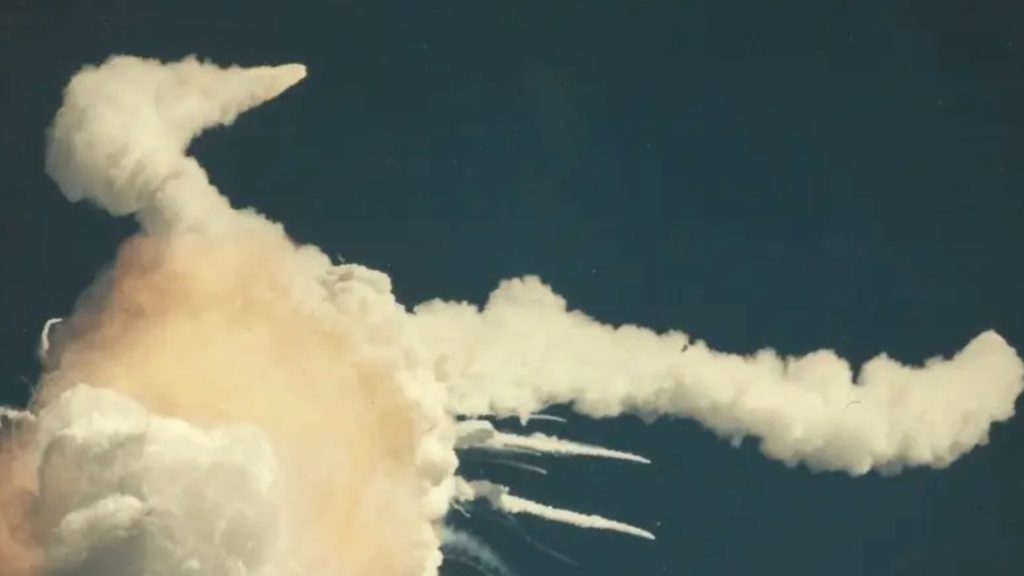
The Challenger’s crew included Dick Scobee, the commander, as well as the pilot Michael Smith, the engineer Gregory Jarvis, and mission specialists Judith Resnik, Ellison Onizuka, and Ronald McNair.
No Means of Escape
The analysis of the wreck of the Challenger revealed that the crew capsule remained largely intact after the explosion. Unfortunately, there was no way for the crew to escape the capsule before it crashed into the ocean. The investigators believe that the crew members who survived the initial blast died from the impact of the capsule hitting the water.
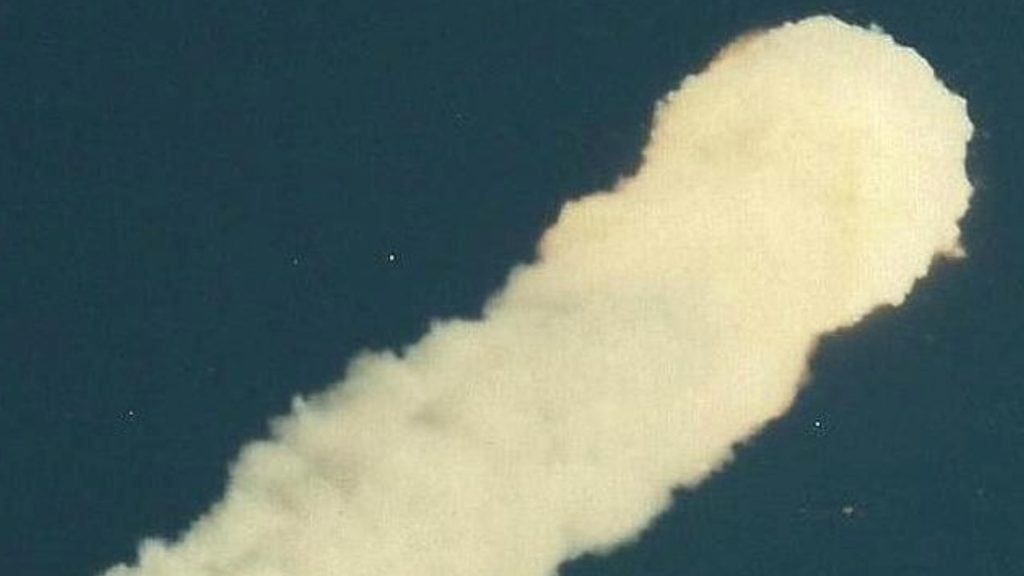
It was later learned that NASA engineers discussed adding an escape mechanism to their fleet of shuttles, but the idea was scrapped. It was too expensive, weighty, and complex … besides, why would the crew need to escape from the spacecraft.
A National Tragedy
The entire United States, and the rest of the world, mourned the loss of the Space Shuttle Challenger and its crew. Because the launch was being broadcast live on all the major television networks, people watched in horror as the accident occurred.
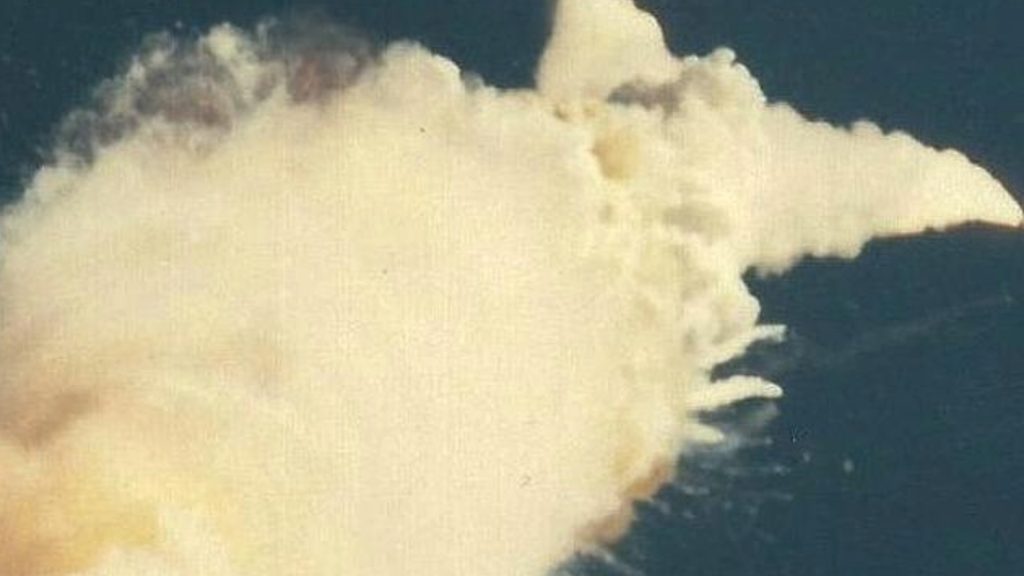
The White House had timed President Reagan’s annual State of the Union Address for the evening of January 28. He planned to tout the space program and the Teacher in Space program as great successes. Instead, he postponed the State of the Union address so he could share his grief with a televised speech from the Oval Office.
Investigating the Disaster
The White House formed the Presidential Commission on the Space Shuttle Challenger Accident on February 6 to investigate the incident and determine the cause. They discovered that the cold weather had damaged the seal on the shuttle’s O-ring, one of the smallest components on the spacecraft.
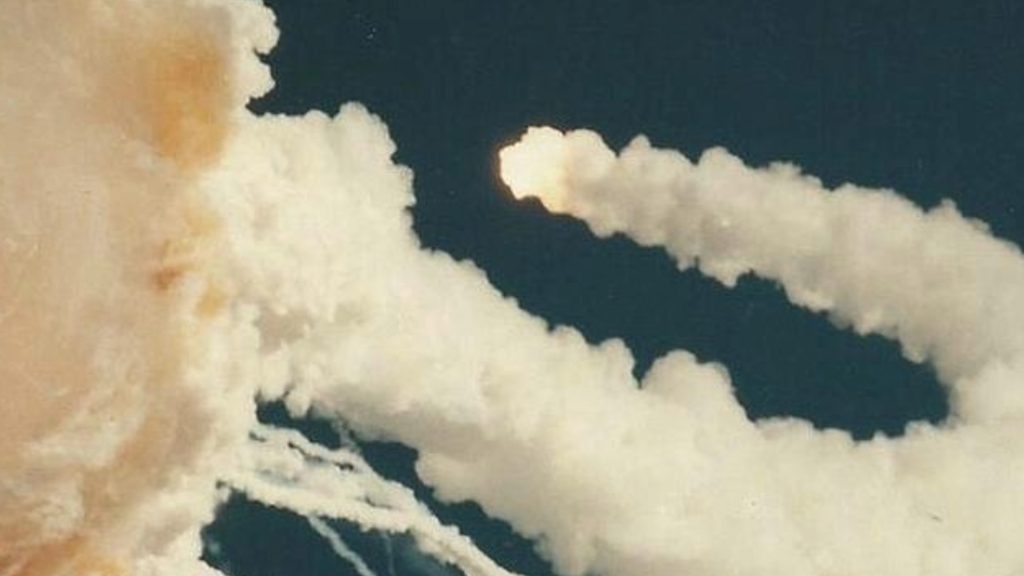
Because the O-ring didn’t seal properly, it caused a chain reaction that led to a ruptured joint in the right rocket booster and a collapse of the external propellant tank. The Commission also noted that NASA had overlooked concerns about the O-rings on the shuttles and downplayed risks leading up to the accident.
NASA Was Working on a New O-Ring Design
NASA was already working on a new design for the shuttle’s O-rings at the time of the Challenger disaster because they knew of potential problems with this crucial part. But this new part was still in the design stage when the Challenger lifted off.
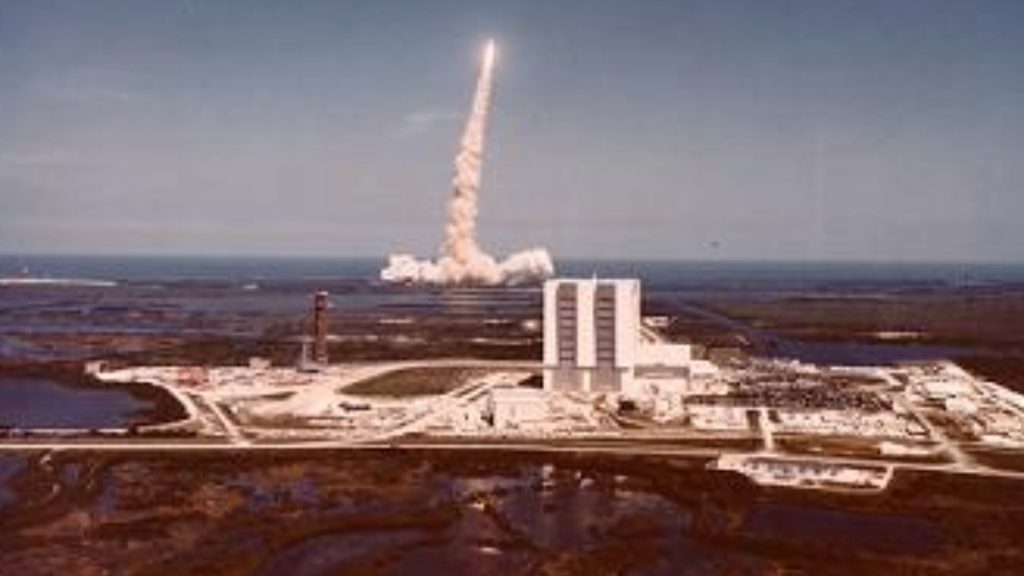
It was assumed that the Space Shuttle Challenger would safely complete its mission while using the old O-rings. It had, after all, done it nine times before. But, as the report noted, the previous launches had taken place during warmer weather.
The Coldest Day of 1986
The day of the launch of the Space Shuttle Challenger was the coldest day of 1986. Temperatures dipped to 36-degrees Fahrenheit … unusually cold for the east coast of Florida.

In temperatures this cold, the O-rings became stiff and brittle. The new design that NASA was working on would have resolved this issue.
Joint Failure
The Challenger, and the other shuttles in NASA’s fleet, were designed with left and right solid rocket boosters. Each of these were 149-feel long. The boosters are held together by bolts sealing the joints. This was the weakest part of the solid rocket boosters.
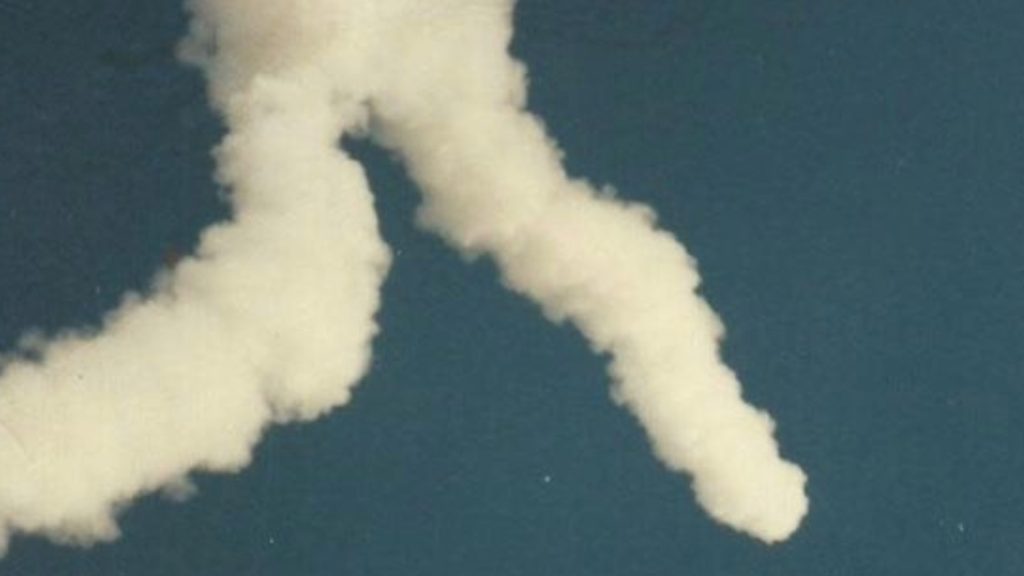
When the O-ring on the Challenger failed to properly seal, the joint on one of the solid rocket boosters gave out. This was all it took to bring down the entire shuttle.
A Self-Described NASA Nerd
Michael Hindes spent his childhood listening to stories about NASA and the Space Shuttle Program from his grandfather and describes himself as a NASA buff. He recalled, “I was at school at the time, third or fourth grade, but we were watching (the shuttle launch) on the television, and it was kind of confusing as to what happened.”
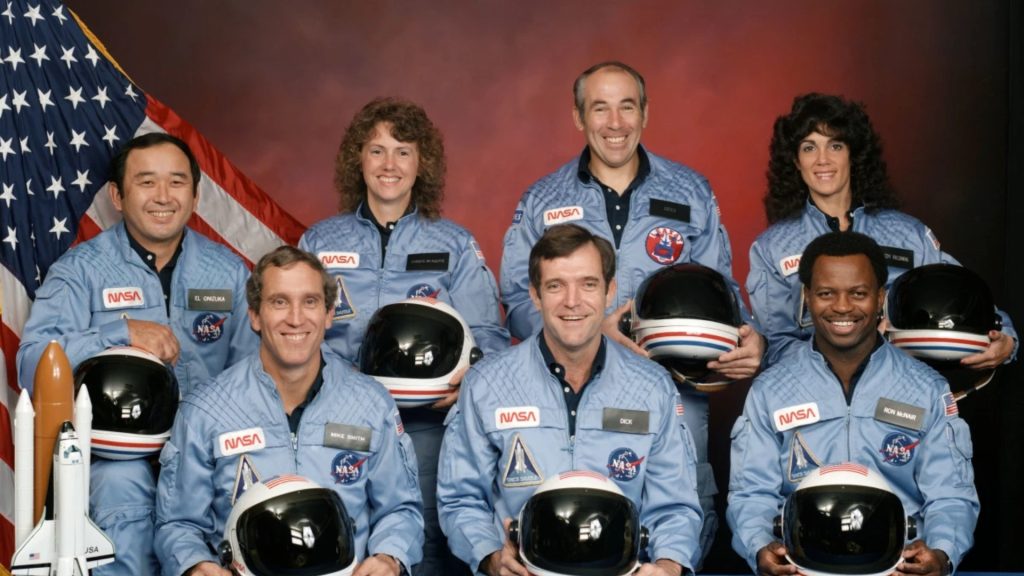
His reaction was shared by most of the people watching the live coverage of the launch of the Space Shuttle Challenger. Hindes added, “We didn’t really understand, and it wasn’t until later on, when the principal made the announcement, we were all in shock.”
Where Are the Photos Now?
Since the photos were given to his grandfather by his friend, Hindes suggested that the person who took the photos may have given copies to other people, too. Hindes said, “I searched really hard to see if these exact ones were out there but couldn’t find them.”
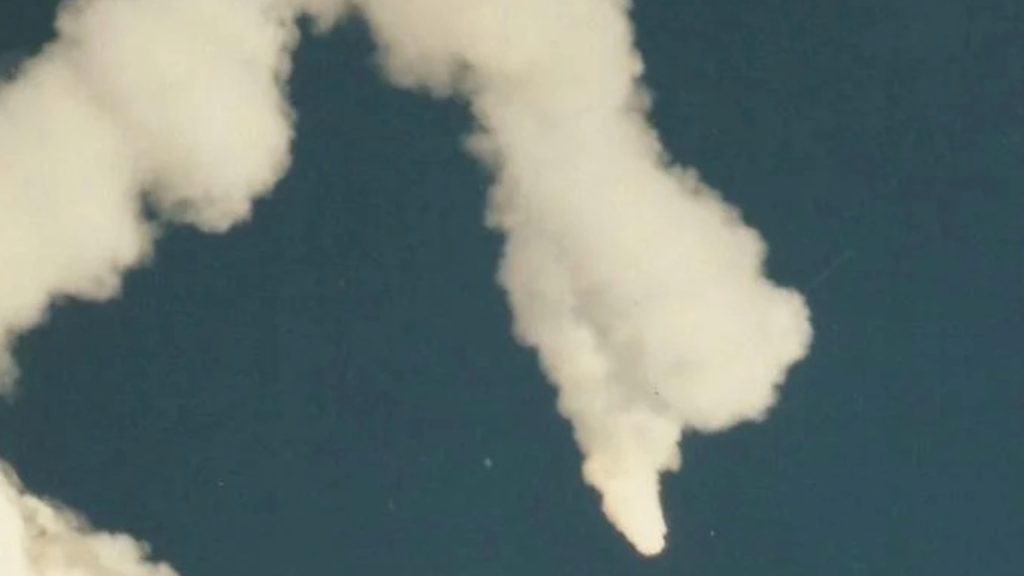
Hindes has posted the photos on the internet. While the response to the pics has been overwhelming, no one has come forward with an identical set of photos, nor has anyone been able to identify the person who took the pictures. Hindes still has the photos in his possession, but he says he may donate them to a museum.

